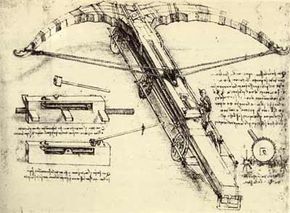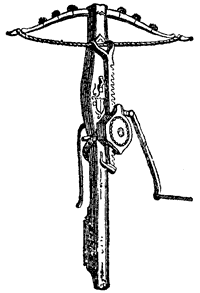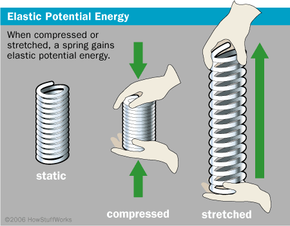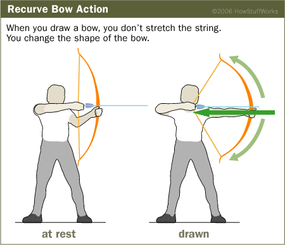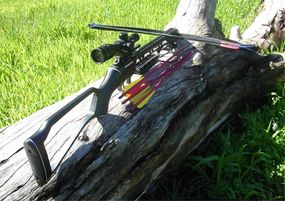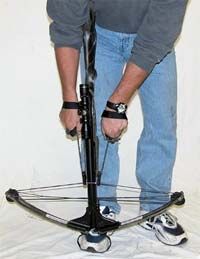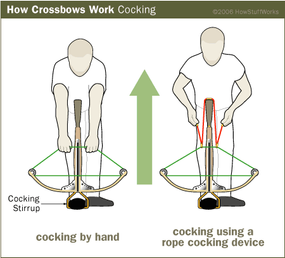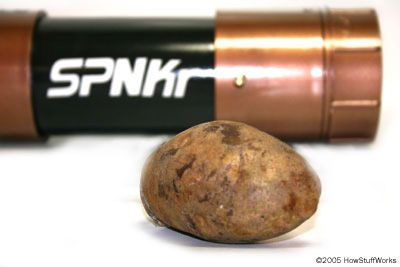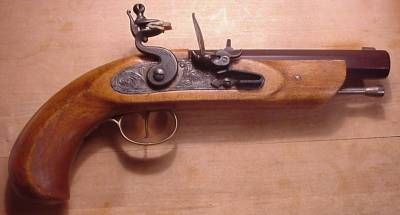The crossbow, a weapon popular with Wookiees, vampire slayers and some modern hunters, looks like a cross between a bow and a rifle. Like a bow, it uses a fast-moving string to launch projectiles, but it also has a trigger and a stock, like a rifle. Based on these similarities, some people may think that the inventor of the crossbow took pieces from a rifle and attached them to a bow.
But crossbows have been around much longer than guns have. Archeologists have found crossbows in 2,500-year-old Chinese graves, and some historians believe that they existed in China as early as 2000 B.C. Crossbows also appeared in the Mediterranean region by the fourth century A.D. Roman military writer Flavius Vegetius Renatus mentions them in a text written in 385 AD, and they were prevalent in Europe throughout the Middle Ages.
Advertisement
In both Chinese and Mediterranean societies, early crossbows had the same basic parts. They were essentially bows mounted horizontally to wooden tillers, or stocks. When shot, an arrow, or bolt, traveled down a groove or through a notch in the tiller. Both styles also incorporated devices to make drawing the string easier. One common device was a stirrup at the front of the crossbow. A person could brace the crossbow with his foot while drawing the string with both hands or with a hook attached to his belt.
Both types of crossbows employed a trigger to release the cocked string. Roman crossbows used a rotating nut held in place by a lever, and Chinese crossbows used a system of hooks and levers. Since the two types of crossbows have such different firing mechanisms, historians believe that the two cultures developed them independently of each other.
It may seem hard to believe that two different cultures could invent roughly the same mechanical device. But the crossbow is really a logical improvement of the bow, which has existed since prehistory. Early bows were simply pieces of wood with their ends connected by a bowstring. Improvements to the basic bow, such as more effective bow shapes and better materials, made them more powerful and efficient. But firing even the best bow quickly and accurately still requires strength, agility, speed and a fair amount of skill. Becoming an expert archer with a longbow can take years.
Advertisement
